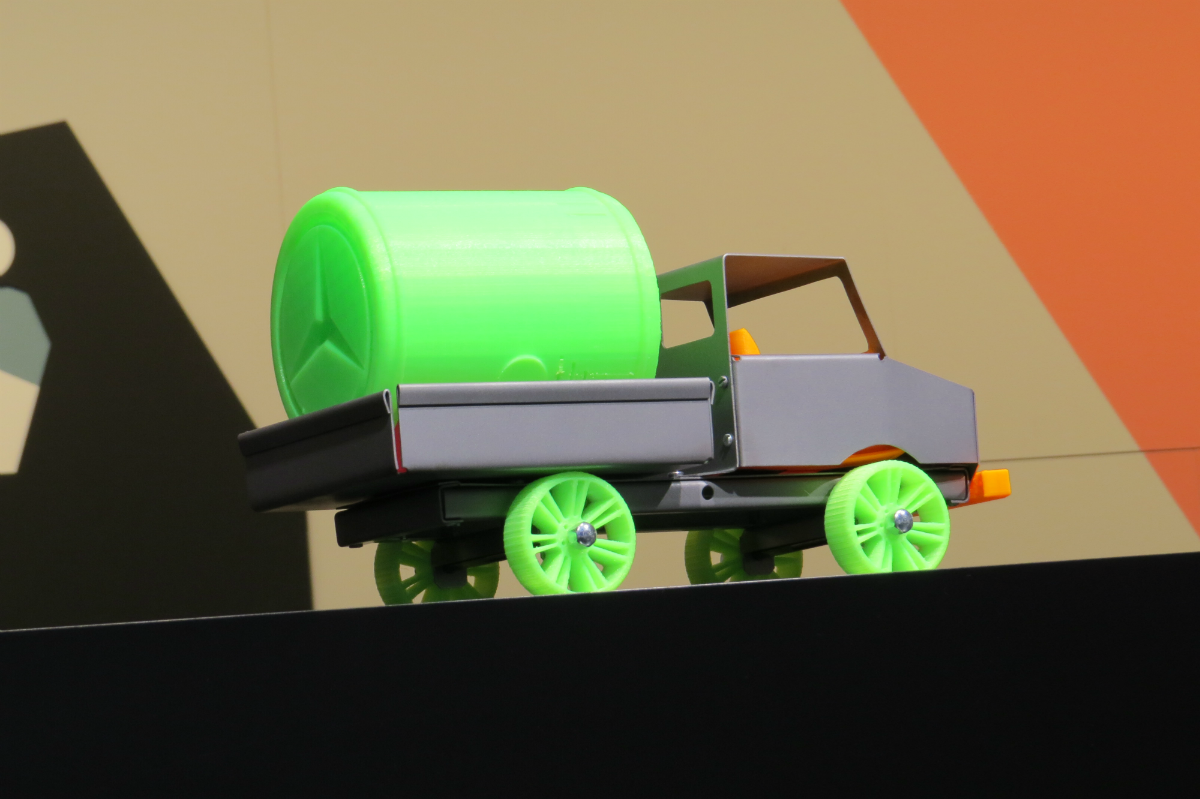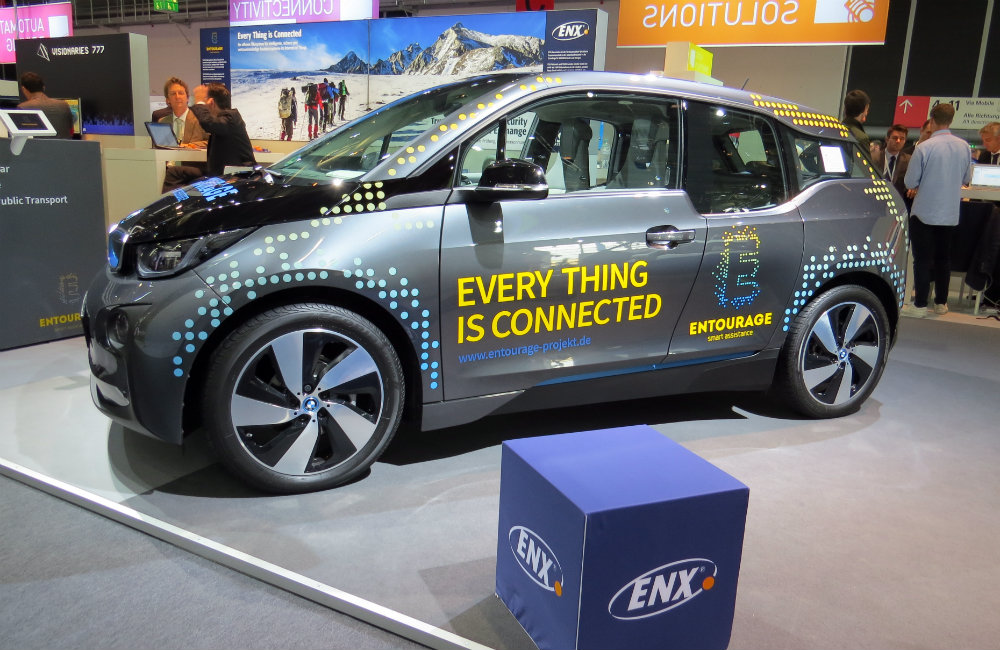An Essential Change: Adding a Computer to Car Systems
Customers Have New Demands and Set New Standards
New Participants Impact both New and Used Vehicles
Thank you for reaching out to Sigma Software!
Please fill the form below. Our team will contact you shortly.
Sigma Software has offices in multiple locations in Europe, Northern America, Asia, and Latin America.

USA

Sweden

Germany

Canada

Israel

Singapore

UAE

Australia

Austria

Ukraine

Poland

Argentina

Brazil

Bulgaria

Colombia

Czech Republic

Hungary

Mexico

Portugal

Romania

Uzbekistan
It looks like the concept and our vision of a modern vehicle is nowadays progressing faster than ever before. In the digital era, it is particularly interesting to observe this progress from IT standpoint, and to revise it every few years.
An Essential Change: Adding a Computer to Car Systems
Customers Have New Demands and Set New Standards
New Participants Impact both New and Used Vehicles
Over the short period of its existence, the vehicle concept changed a number of times. It took years for hard top car bodies, cabin heaters, electric starters, differentials and automatic transmission to come in place. In parallel, there has always been a nonstop competition for better mechanical performance, and after some time safety became an integral attribute.

To my mind, an essential change that predetermined today’s vehicle direction and speed of progress was adding a computer to solely mechanical and electric car systems. At first electronics only helped with some tasks, like fuel injection, diagnostics and onboard devices communication through a unified bus. Having this basement for digital communication, it later “learned” to assist drivers on bad road conditions, actively autocruise, steer and break. And now we see it might need no driver at all rather soon.
I never doubted development of computer technologies would change our day-to-day living, including the automotive industry that is of a lot interest to me. But I could not suppose it would change so rapid and in such an unexpected manner.
The first generation iPhone was introduced in June 2007 and opened the door for mass smartphone culture all over the world – this happened less than 11 years ago! Now we are deeply in web and mobile experience, with completely new habits and demands. No wonder, the customers now expect a lot more from vehicle manufacturers: familiar friendly UI and UX, cooperation with their usual apps and services, remote control, and much more. I would not be surprised to find out that UI/UX features now have a larger weight in choosing a car, than the parameters of transmission and engine.

Luckily, the technology at car manufacturers’ side progresses rapidly as well. After in-vehicle electronics became similar to computer network and got connected to Internet, many functions became technically easier to place in a car. As a result, some functionality previously available only in premium segment is moving to economy class. Indeed, car manufacturers respond to new ‘smartphone’ alike demands from the customers. They also gradually adopt practices from software industry, like agile approaches, continuous delivery, and test automation, to speed up design and development of new functionality for new cars.
The automotive industry gets further strong impact from technological companies. High-tech R&D comes from visionaries at Google and Uber. Tesla brand shows a great example of technology experts who start building cars with their own vision of a modern vehicle concept and are rapidly setting up new standards for the entire industry.
Legislation also adds up to the automotive industry transformation. On the one hand, safety of millions require explicit and time-consuming investigations and approvals. On the other hand, safety standards evolve and get obligatory across all types of cars. For instance, eCall rapid drivers’ assistance became mandatory for new cars sold in the European Union from April 2018. I forecast that other drivers’ assistance systems will gradually become mandatory, from Autonomous Emergency Breaking that is already rather widespread to Connected Cars technologies that are being actively developed.
Finally, the progress does not stay aside from the vehicles already in use. Numerous startups change drivers’ experience with innovative applications and standalone devices. The customers do not have to wait until they buy a new car to experience new functionality. For example, Mobileye, the leader in onboard ADAS systems for top car brands, offers standalone solutions to prevent collisions. This cost efficient out-of-box system can be easily installed in a vehicle that wasn’t equipped with such a system at factory.
Accelerated progress will inevitably continue, since drivers and passengers are now carrying good performing electronics in their pockets, have growing demands and everyday digital experience. It is likely that by the time car producers will add new digital functionality, the customers’ demands would already be ahead of it, stimulating another digital battle loop between modern cars and smartphones.

Consequently, ever growing interaction of demanding car buyers, progressing car manufacturers, technological companies & startups, and legislators are jointly driving the changes to the concept of a modern vehicle on city streets. This results in a rapid progress of vehicles, city and road infrastructure, and in close interdependency of a car and a smartphone experience in our daily life. This is already in place regardless of whether you plan to buy a new car or not.
I think we are just about to see a number of big changes. We already have all prerequisites for some ADAS systems, like steering assistance and emergency breaking, to become a must for all new cars. All cars will get connected to the Internet and receive upgrade packages with ever-improving infotainment and autonomous driving functionality wirelessly just as smartphones do.
The Connected Car theme will become another prime area of progress within the next years. Vehicles will communicate with each other and with city and road infrastructure via the Internet and local wireless networks. The cars will assist each other with a set of important notifications on road conditions, driving speed, obstacles, and will receive useful information from traffic lights, available parking places, and more. As a result, driving a new car will become easier, handier, and safer. The drivers of new vehicles would need less manual skills for driving, service, and trip planning. This will be another reason for many people to replace pre-digital cars.

When this direct assisting communication would get wide-spread, smartphones would likely adopt same frequencies and principles. There are much more people in cities than cars, so just imagine all new possibilities people with smartphones would soon get in the interconnected cities!
The digital progress will supply cars with new applications of artificial intelligence, predictive service and maintenance, data sharing. Analysis of Big Data from vehicles will help to optimize roads, service infrastructure and vehicles themselves.
I believe that legal approval and immediate expansion of self-driving interconnected vehicles will happen soon and smooth, and will be just another milestone in the rapidly developing concept of a modern car. We have already used to browse the ocean of information in the Internet, so the cars will soon become the means to conveniently browse the roads accordingly. And the progress of modern cars, cities, and roads will only accelerate at that moment.

Yuri has been working in the area of analytics and business development since 2004. Cars are both his hobby and professional domain, where he helps creating advanced IT solutions. He believes it was worth reading science fiction books at school age to make the desired future come true today, and it is the reason to read them even more now.
An Essential Change: Adding a Computer to Car Systems
Customers Have New Demands and Set New Standards
New Participants Impact both New and Used Vehicles


A Software Bill of Materials (SBOM) is becoming one of the most important documents in modern software development. Still, many organizations struggle to create...

As cloud sovereignty becomes a strategic priority across the EU, Sigma Software applies its deep expertise and extensive experience to contribute to the develop...

Data is everywhere, yet its payoff isn't always there. Many IT leaders struggle with scattered analytics, rising storage costs, and unclear returns.We face...
Would you like to view the site in German?
Switch to German